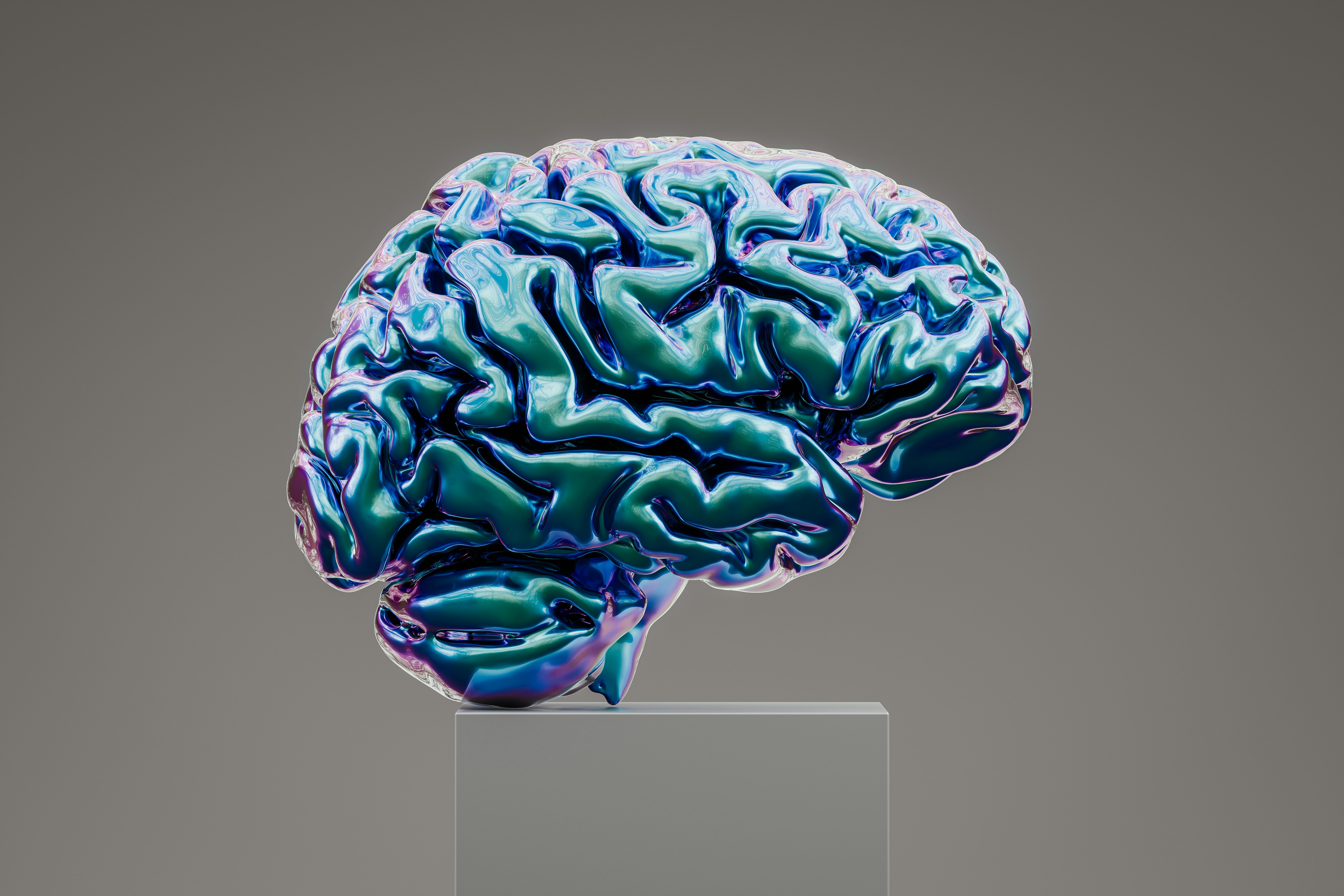
Your brain is far more adaptable than you might think. Scientists once believed our brains were fixed structures, unchanging after childhood. Today, we understand that the human brain possesses an extraordinary ability called neuroplasticity—the capacity to reorganize, adapt, and create new neural connections throughout our entire lives.
What Is Neuroplasticity?
Neuroplasticity represents the brain's remarkable ability to modify and adapt in response to experience. This umbrella term encompasses the brain's capacity to reorganize itself, form new neural networks, and adjust existing pathways. The changes can be functional, occurring when the brain compensates for damage, or structural, happening as we learn and develop new skills.
The term itself breaks down simply: "neuro" refers to the neurons or nerve cells that form the foundation of our brain and nervous system, while "plasticity" describes the brain's flexibility and capacity for change. Together, neuroplasticity describes how our nerve cells can modify, adjust, and rewire themselves.
The Two Main Types of Brain Plasticity
Understanding neuroplasticity requires recognizing its two primary forms:
Functional Plasticity is your brain’s ability to reassign duties from one area to another, especially after injury or overload. In plain terms: if one part of your brain gets damaged (like from a stroke, trauma, or illness), another part can sometimes step in and take over the job.
Structural Plasticity is your brain’s ability to physically change its wiring in response to learning, experience, or environment. In other words: when you practice a new skill, solve problems, or adapt to new situations, your brain builds and strengthens neural pathways to support that change.
How Neuroplasticity Functions
Your brain is very busy during early childhood. At birth, each neuron comes with about 2,500 synapses, those tiny spaces where your brain cells chat with each other. By the time you’re three, that number skyrockets to around 15,000 per neuron. It’s like a growth spurt, but for your brain’s communication network.
As we grow, the brain starts to streamline things. It sheds the connections we don’t use—a process called synaptic pruning. Think of it like your brain tidying up: it keeps the connections you use and clears out the ones you don’t. This isn’t a loss, it’s an upgrade. By trimming what’s not needed, your brain gets faster, sharper, and more efficient at the things that matter most.
The Benefits of a Plastic Brain
Neuroplasticity offers numerous advantages that extend throughout our lives:
Enhanced Learning Capacity: The brain's ability to form new connections makes it possible to acquire new skills, languages, and knowledge at any age. Whether you're mastering a musical instrument or learning complex concepts, neuroplasticity facilitates the process.
Cognitive Enhancement: Existing mental abilities can be strengthened and improved through the formation of more efficient neural pathways. This means you can literally train your brain to become better at specific tasks or thinking patterns.
Recovery and Rehabilitation: Perhaps most remarkably, neuroplasticity enables recovery from brain injuries, strokes, and other neurological conditions. When brain damage occurs, healthy regions can sometimes compensate by taking over the functions of damaged areas.
Strengthening Declining Functions: As we age or face cognitive challenges, neuroplasticity allows the brain to find alternative pathways and maintain function in areas that might otherwise decline.
Overall Brain Fitness: The continuous formation of new connections and pathways contributes to better overall cognitive health and mental agility.
Key Characteristics of Brain Plasticity
Several important factors influence how neuroplasticity works:
Age and Environmental Factors: While the brain maintains plasticity throughout life, younger brains typically show greater sensitivity and responsiveness to new experiences. The developing brain during childhood and adolescence is particularly adaptable, though adult brains retain significant capacity for change. Environmental factors and genetics work together to influence the extent and nature of plastic changes.
Continuous Process: Neuroplasticity isn't limited to neurons alone—it involves various brain cells, including glial and vascular cells, and continues throughout our entire lifespan. The brain never truly stops changing in response to learning, experience, and memory formation. Even when brain damage occurs, the ongoing nature of plasticity means recovery and adaptation can continue for extended periods.
Natural Limitations: While neuroplasticity is powerful, it's important to understand that the brain isn't infinitely malleable. Certain brain regions have specialized functions that cannot be fully replicated elsewhere. When critical areas suffer damage, complete recovery may not always be possible, though some improvement often occurs through plastic changes in surrounding or connected regions.
Strategies to Enhance Your Brain's Plasticity
You can actively encourage neuroplastic changes through several evidence-based approaches:
Create an Enriched Environment: Surround yourself with learning opportunities that provide focused attention, novelty, and appropriate challenges. This might involve learning new languages, mastering musical instruments, exploring unfamiliar places, engaging in creative pursuits like art or writing, or diving into challenging books and materials.
Prioritize Quality Sleep: An article published in the Mayo Clinic Press states that sleep plays a crucial role in dendritic growth—the branching extensions of neurons that facilitate communication between brain cells. Adequate rest strengthens these connections and supports overall brain plasticity.
Maintain Regular Physical Activity: Exercise does more than move your body—it boosts brain health, too. It helps protect memory, supports learning, and encourages the growth of new brain cells by increasing levels of BDNF, a protein essential for brain function. Aim for 150 minutes of moderate cardio each week, plus a couple of strength training sessions to keep both body and mind strong.
Practice Mindfulness: Mindfulness meditation and present-moment awareness have been shown to promote neuroplastic changes. By fully immersing yourself in current experiences without dwelling on the past or worrying about the future, you can foster beneficial brain adaptations.
Engage in Games and Puzzles: A study published in the National Library of Medicine reports that board games, card games, video games, and various puzzles can stimulate neuroplasticity by challenging different cognitive functions and requiring the brain to form new strategies and connections.
When Plasticity Goes Wrong
While brain changes are typically beneficial, neuroplasticity can sometimes work against us. Negative experiences, substance abuse, diseases, and trauma can create detrimental neural changes. Conditions like PTSD, addiction, and the effects of environmental toxins like lead can result in harmful plastic changes that impact brain function.
Certain medical conditions can also limit or interfere with healthy neuroplasticity. Pediatric neurological disorders such as epilepsy, cerebral palsy, tuberous sclerosis, and Fragile X syndrome can affect the brain's ability to adapt and change in positive ways.
Keep Pushing the Limits, Your Brain’s Built to Keep Up
Neuroplasticity represents one of the most hopeful and empowering discoveries in modern neuroscience. Your brain's ability to change, adapt, and grow throughout your entire life means that you're never too old to learn new skills, recover from setbacks, or improve your cognitive abilities.
By understanding and harnessing neuroplasticity through enriched environments, quality sleep, regular exercise, mindfulness practices, and engaging challenges, you can actively support your brain's natural capacity for positive change. While the brain does have limitations, its remarkable adaptability offers tremendous potential for growth, recovery, and enhancement throughout your lifetime.
The key is to remain curious, challenge yourself regularly, and maintain healthy lifestyle habits that support your brain's incredible ability to rewire itself. Your plastic brain is waiting for the next opportunity to grow and adapt, what will you teach it today?
More for Your Mental Toolbox

Holiday Blues: Managing Your Mental Health During the Holidays
The holidays can be tough beneath the sparkle. Learn how to spot the “holiday blues,” care for your mental health, and find peace and purpose as the year winds down.
Read more →
Celebrating World Mental Health Day: Making Mental Health a Daily Practice
Mental health isn’t a once-a-year convo—World Mental Health Day reminds us it’s daily work. See why this year’s theme hits closer to home than you think.
Read more →








